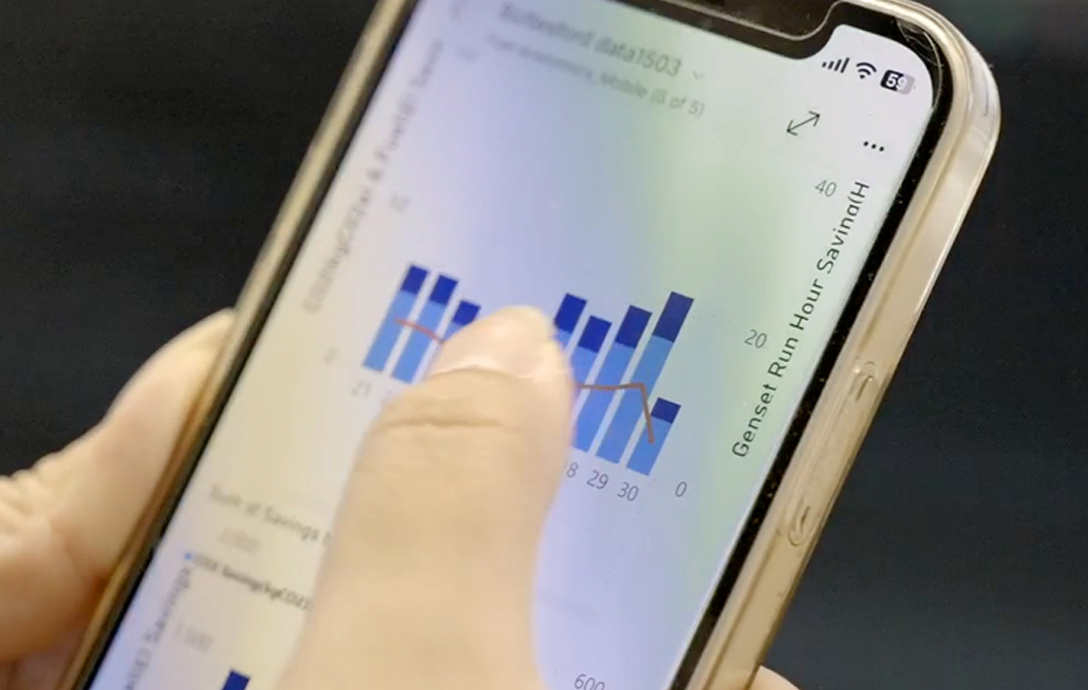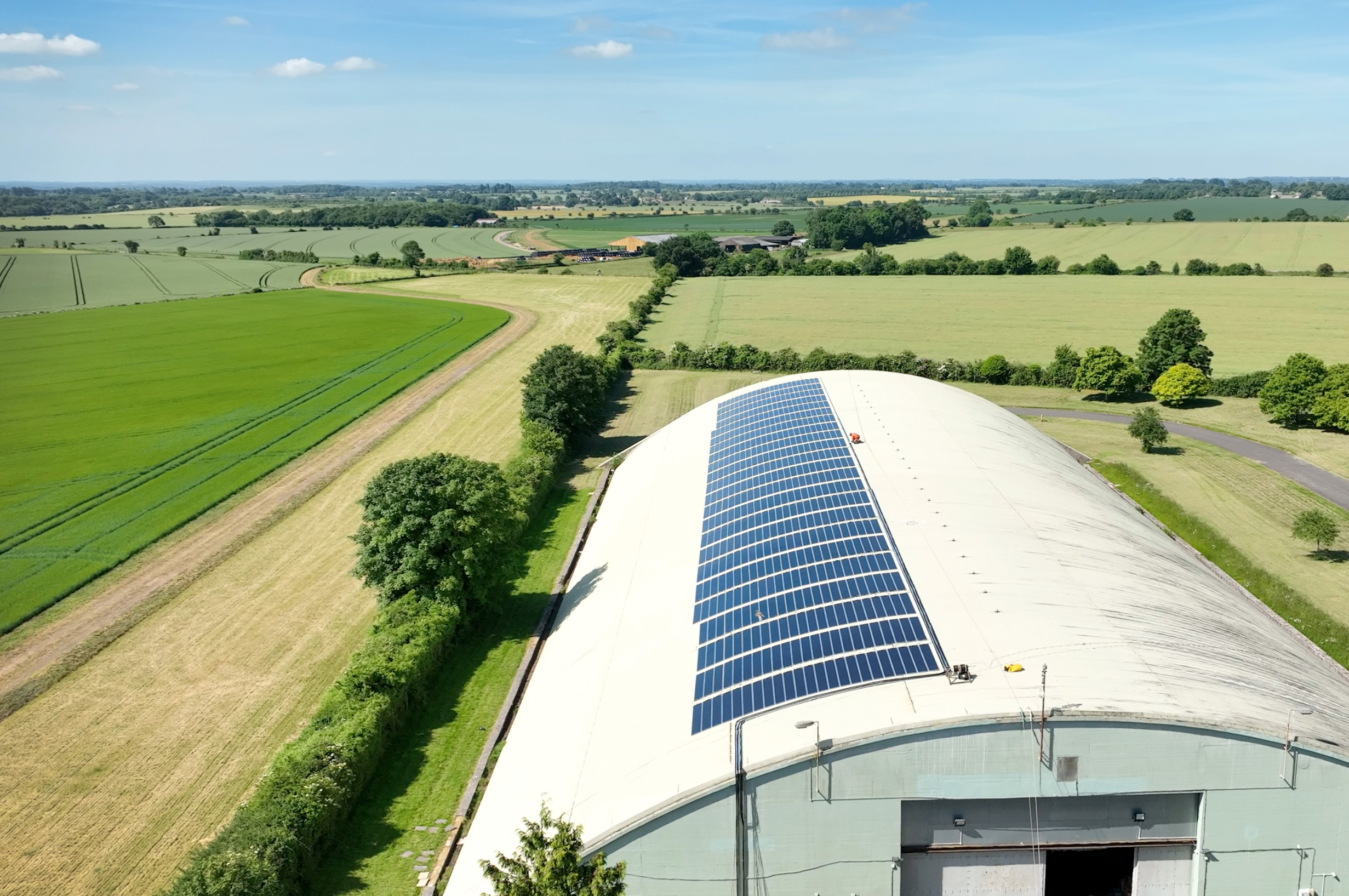July 10, 2025
How Lightweight Rooftop Solar Could Help Power the World’s Growing Data Centre Demand

The digital world is expanding faster than ever. From streaming services and cloud computing to AI and the Internet of Things (IoT), data is the new oil and data centres are the refineries. But there's a catch: these digital engines are incredibly energy-hungry. According to the International Energy Agency (IEA), data centres worldwide consumed about 460 terawatt-hours (TWh) of electricity in 2022, roughly 2% of global electricity demand. This figure is projected to double by the end of the decade.
As the data economy booms, the question becomes urgent: how can we meet this soaring energy need sustainably?
One solution lies right above our heads, on the rooftops of the data centres themselves.
THE UNTAPPED POTENTIAL OF ROOFTOP SOLAR
Many data centres are massive, single-story facilities with sprawling, flat rooftops. These roofs represent a huge opportunity to generate clean, local energy using solar panels. Yet, traditional solar installations are often limited by weight, structural load capacity, and installation complexity - especially on older buildings.
This is where lightweight rooftop solar comes in.
WHAT IS LIGHTWEIGHT ROOFTOP SOLAR?
Lightweight solar panels are designed to be significantly lighter than traditional glass and metal modules. They often use flexible, thin-film technologies or advanced composite materials, reducing the structural burden on rooftops. These systems are:
- Easier to install, often without penetrating the roof membrane
- More compatible with older or lightly built roofs
- Ideal for space-constrained or retrofitted environments
For data centres, where reliability, uptime, and cost-effectiveness are paramount, these features are particularly appealing.
WHY DATA CENTRES AND ROOFTOP SOLAR ARE A PERFECT MATCH
1. Proximity to Demand:
Rooftop solar generates electricity exactly where it’s needed. This minimizes transmission losses and infrastructure costs.
2. Daytime Peak Production:
Solar panels produce most of their power during the day, when data centres often experience peak demand due to user activity and cooling needs. This can significantly offset grid consumption during high-cost hours.
3. Compatibility with Microgrids and Batteries:
Pairing rooftop solar with on-site battery storage can enhance energy resilience, reduce reliance on diesel backup generators, and provide a path toward energy independence.
4. ESG and Regulatory Compliance:
As governments and investors push for cleaner operations, renewable energy adoption improves a company’s sustainability credentials and can help meet environmental, social, and governance (ESG) goals.

THE NUMBERS ADD UP
Let’s consider a 100,000-square-foot data centre. With lightweight solar modules at 10 watts per square foot, the rooftop could host up to 1 megawatt (MW) of solar capacity. Depending on location, that could generate 1.2 - 1.6 million kilowatt-hours (kWh) per year, enough to power hundreds of average homes, or offset a significant chunk of a data centres energy use.
Even if solar only meets a fraction of a data centres total load, it can still reduce operating costs, hedge against volatile energy prices, and shrink carbon footprints.
CHALLENGES AND CONSIDERATIONS
While promising, rooftop solar for data centres isn’t a silver bullet. There are technical, regulatory, and logistical hurdles to address:
- Structural assessments are needed to ensure roof integrity.
- Energy demand profiles must be matched carefully to solar generation and storage.
- Interconnection and utility approvals can be complex and time-consuming.
- Upfront costs, while falling, still require capital investment or third-party financing.
However, as solar technology matures and lightweight options become more affordable and widespread, these challenges are increasingly manageable.
LOOKING AHEAD: A SMARTER, GREENER CLOUD
The future of data centres will likely be hybrid: drawing energy from the grid, supplemented with solar, wind, batteries, and possibly even fuel cells. Lightweight rooftop solar offers a fast, scalable way to start greening the cloud from the top down.
In a world increasingly driven by data, the question isn’t whether we can afford to adopt renewable energy, it’s whether we can afford not to.
And with lightweight solar, we don’t need to look far for the answer. Just look up.
Related Articles

ACCREDITATIONS


















